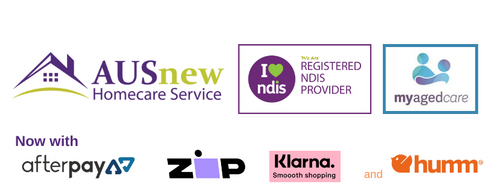Introduction
Living with a disability can mean that finding work is a huge challenge and many people with disabilities have low incomes or rely on government support – if they qualify and know how to apply and access these. Many don’t. There are also limited housing options available to people with disability.
The risk for people with disability to become homeless also increases due to their higher cost of living and increased expenses related to their disability. Many people with disability will need to purchase mobility aids, pay for personal care workers or therapy services, medication, or have modifications made to their devices, homes or vehicles.
Low income combined with high living costs pushes a huge portion of people with disability below the poverty line.
Living below the poverty line

People with disabilities, especially those with more severe incapacities (core activity limitations), face a risk of poverty well above-average.Graph below shows that the rate of poverty among adults with a disability is 17% (29% when the 60% of median income poverty line is used).47 The rate of poverty is higher (19% and 34% respectively) among adults with a core activity limitation
Source: Poverty in Australia 2018 Report
The NDIS helps people with disability to find employment
One of the main goals of the NDIS is to help people with disability to find employment. The NDIS funds a variety of supports that help participants throughout the employment journey, from learning how to construct resumes and apply for jobs, to building upon skills in order to keep jobs. There are over 4.4 million people in Australia who are living with disability but only 250,000 people are accessing NDIS supports (January, 2019). Of the 4.4 million, many of these are aged 65 years and older and are likely to be receiving support and funding through the Aged care System instead. However, there are a lot of people with disability who are living without any support at all.
NDIS and Capacity Building Supports

Capacity building supports are those that help you to maintain your independence and build your skills.
Capacity building supports are broken down into 9 subcategories:
✅Coordination of Supports
✅Improved Living Arrangements
✅Increased Social and Community Participation
✅Finding and Keeping a Job
✅Improved Relationships
✅Improved Health and Wellbeing
✅Improved Daily Living
✅Improved Life Choices
✅Improved Learning
Homelessness and the NDIS
Accessing the NDIS system for people who are homeless is very difficult. How do we expect them to initiate a relationship/conversation with a system that they don’t understand? Often, it is family members and carers who initiate first contact with the NDIS, and it is common for people with disability who are also homeless to be alone and without a support network.
NEEDING NDIS SERVICES?
You can also visit our online store at Ausnewhomecare.com if you're seeking for items that will aid you in your daily life. Please contact us by email at support@ausnewhomecare.com or by phone at (02) 9159 6183 if you have any questions about any of our services. Our helpful staff will be pleased to assist you.



